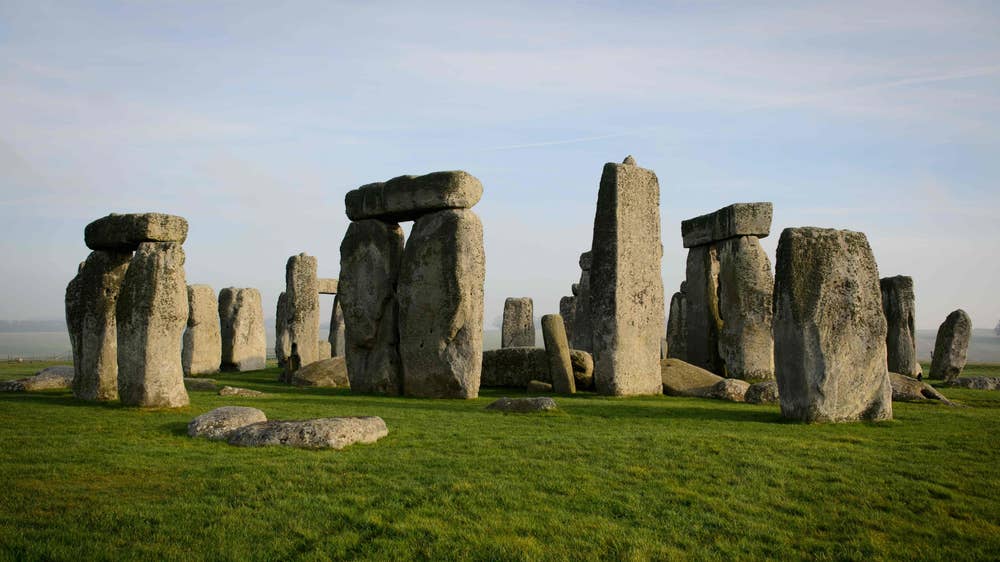Scientists know the Stonehenge early phase standing stones (the so-called bluestones rather than the later more famous and much larger sarsen stones) come from this and other Pembrokeshire prehistoric quarries – because of chemical identification tests they have carried out on the rocks.
So far, only two quarries have been identified – both on the northern slopes of the Preseli Hills in Pembrokeshire, southwest Wales - but geologists, who have studied the Stonehenge bluestones, think it is likely there were at least three or four other quarries that have yet to be found.
The discovery of the tools is likely to rekindle one of archaeology’s biggest debates – how did the builders of Stonehenge transport the bluestones (an estimated 79 of them, each weighing approximately 2 tonnes) from southwest Wales to Salisbury Plain.
Read the rest of this article...

No comments:
Post a Comment
Note: Only a member of this blog may post a comment.